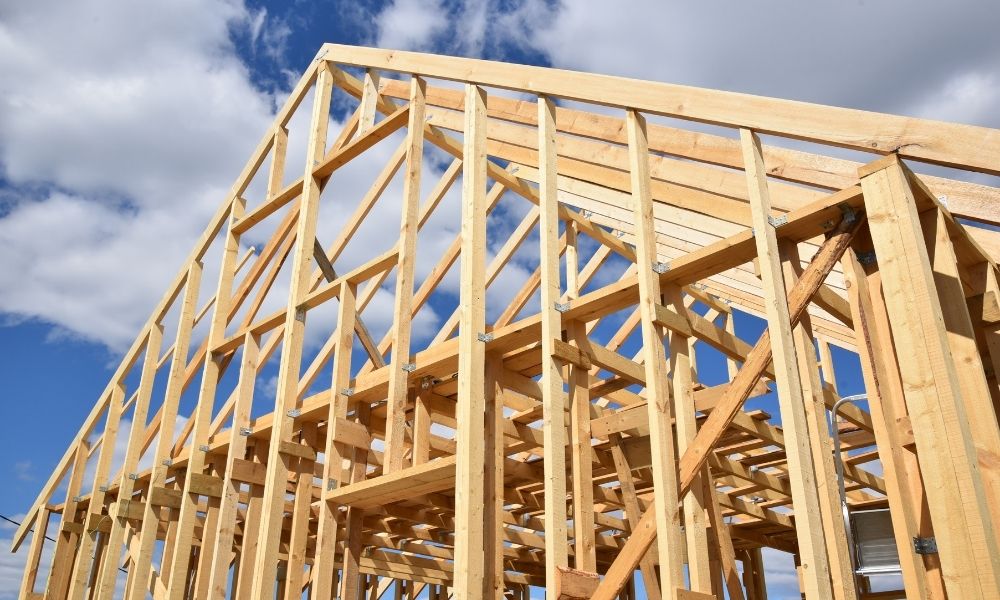May 17, 2022
A Quick Guide To Building a Custom Shop on Your Property
Whether you need a shelter for your cars or extra storage space for your hobbies, here’s a quick guide to building a custom shop on your property.
Posted by: Amanda Delatorre

Making additions to your property is not only a great way to improve your quality of life, but it can also improve the property value of your home. Whether you need extra storage space, a place for your hobby, or shelter for your vehicles, here’s a quick guide to building a custom shop on your property.
Pick a Location
The first task, as always, is to determine a good location that will provide ample space for your shop. It’s a good idea to draw up a plan of what you intend your facility to look like, what needs it must fulfill, and then draw in a proposed location. Being able to visualize where your shop may go can help you take into consideration what everyday use will be like. For instance, it’s always considered best practice to situate a new building 100 feet from existing septic lines and wells if you intend to install utilities. Or, if you intend to use it as a garage, consider how your car will maneuver in and out of the new building.
Size and Dimensions
Of course, as you consider location, you need to factor in the intended size and dimensions of your new shop building. A good rule of thumb is to take whatever size and dimensions you expect the building to be, and then increase it by about 20 percent to be absolutely sure your shop fits comfortably on your property.
Prefab Materials
A major feature of our backyard shop buildings is that they’re created from prefabricated materials. This means that the pieces of the shop are created before you ever order them. This is helpful because it not only expedites the construction process but helps keep costs low, thus helping you save money. Furthermore, prefab materials are easily recyclable, so you’ll be making a far greener choice without having to compromise on quality.
Providing Utilities
The last step we’ll consider for this quick guide to building a shop on your property is providing it with utilities like electricity and water. As mentioned, your shop should be 100 feet away from any existing septic or well lines, and new lines will be installed to reach the shop. For electricity, consider where your main panel is and where you’d like the subpanel installed within your new shop—ideally near the equipment you intend to power. To add onto the green aspect of prefab shops, you may want to consider solar panels as a source of electricity.
Previous Article Next Article